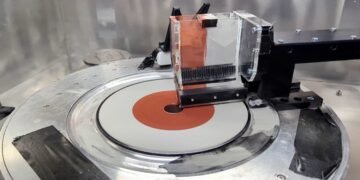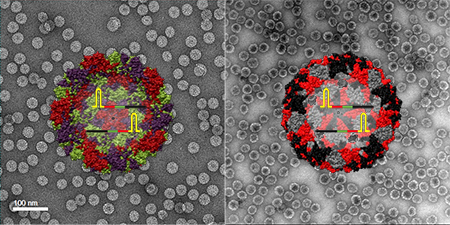Nanotechnology in Cancer
September 10, 2020
Emergence of 2.5D Materials for Futuristic Applications
June 29, 2022
New research methods developed for nano and quantum materials
February 24, 2023
Students develop novel multi-metal 3D printing process
September 4, 2025
Geometry revealed at the heart of quantum matter
September 2, 2025











































